Sundance 2021
By Beverly Andrews
Film festivals are the lifeblood of cinema. They not only provide a platform to showcase new work from around the world but also serve as ambassadors for the film industry itself. Each festival has its own distinct character: Cannes is renowned for its glamour, Venice is celebrated for championing auteur cinema—films that represent the singular vision of their directors—and no festival generates Oscar buzz quite like Toronto.
However, when it comes to prestige for emerging filmmakers, none hold the same cachet as Sundance. Established in many ways as a counterweight to the older, more traditional festivals, Sundance is often seen as the indie upstart that has somehow managed to outshine its more established peers. Held in the snowy landscapes of Utah, Sundance has carved out a unique niche in an increasingly crowded festival circuit. Its reputation for supporting independent filmmakers—particularly women and minority voices—has made it a vital space for storytelling that reflects the diversity of society.
In an industry now dominated by corporate interests, Sundance remains a champion of smaller, more personal projects that might otherwise be overlooked. Founded by Sterling Van Wagenen, former head of Robert Redford’s production company Wildwood, and John Earle of the Utah Film Commission, the festival is still marked each year by a personal appearance from Redford himself. This tradition underscores the festival’s unique spirit and enduring commitment to authentic, independent cinema.
In its relatively short history, Sundance has served as a launching pad for numerous award-winning films, including Call Me by Your Name, Reservoir Dogs, and Precious, to name just a few. The list goes on. Adding to its cultural significance is the festival’s long-standing commitment to honoring the Indigenous peoples who are the original stewards of the land on which it takes place.
Sundance is, in every sense, a festival like no other. Given its unique status, many wondered how this year’s online edition would unfold. Slimmed down and held virtually due to the ongoing impact of COVID-19, questions arose about whether Sundance could still deliver its signature magic. Remarkably, it did just that. Even in a digital format, Sundance retained its distinct spirit.
Here, in no particular order, are some of the standout films that premiered at this year’s festival:
Indie Voices
Judas and the Black Messiah
Judas and the Black Messiah offers a powerful and unflinching look at the complex relationship between legendary Black Panther Party leader Fred Hampton and FBI informant William O’Neal, the man who would ultimately betray him. The film powerfully captures Hampton’s extraordinary ability to unite marginalized communities across racial lines, emphasizing that economic injustice affects all people. At the same time, it delves into the motivations and inner conflict behind O’Neal’s betrayal.
Written, produced, and directed by Shaka King, the film is a remarkable achievement, showcasing a directorial maturity reminiscent of Martin Scorsese. It is anchored by two star-making performances: Daniel Kaluuya delivers a commanding portrayal of Hampton, while LaKeith Stanfield brings nuance and depth to the role of O’Neal.
Judas and the Black Messiah is a bold, compelling work, poised for both critical acclaim and commercial success.
Ailey
Ailey is a moving documentary that explores the life and legacy of legendary African American choreographer Alvin Ailey. Ailey, whose namesake dance company is arguably the most renowned in the world, was a visionary who revolutionized modern dance. Audiences often attend performances by the Ailey company regardless of their prior interest in dance; when asked why, many simply say, “The company transcends dance.”
While the Ailey company is widely celebrated, the man behind it remains a mystery. This beautifully directed film by Jamila Wignot underscores that Ailey himself may have preferred it that way. Based on the evidence presented, Ailey seemed to find it difficult to connect with others except through movement. He once said, “Our entire history is contained in our bodies—the way we move—and when we dance, that history suddenly appears,” suggesting that for him, words were perhaps secondary to expression through dance.
The film features captivating footage from some of Ailey’s most iconic works, including Revelations and Cry—the latter dedicated to Black women everywhere, and most poignantly, to his beloved mother. Her journey from working as a cleaner in the segregated South to watching her son's company perform on global stages is both powerful and deeply moving.
Interwoven with these performances are insightful interviews with several of the company’s most celebrated dancers, including the luminous Judith Jamison. While the documentary does not fully demystify the enigma that was Alvin Ailey, by its conclusion, that hardly matters—you’re left in awe of the profound art he created.
President
President, directed by Camilla Nielsson, offers a powerful and intimate look at Zimbabwe’s ongoing struggle to establish a truly representative democracy. This heartfelt documentary poses a critical question: after decades of corruption and authoritarian rule, can free and fair elections genuinely take place?
While President does not provide a definitive answer, it leaves the viewer with a cautious sense of hope. More than anything, it highlights the resilience, courage, and determination of the Zimbabwean people as they continue to fight for a democratic future.
The Most Beautiful Boy in the World
The Most Beautiful Boy in the World, directed by Kristina Lindström and Kristian Petri, tells the heartbreaking and tragic story of Björn Andrésen, who rose to fame at the age of fifteen after starring opposite Dirk Bogarde in Luchino Visconti’s critically acclaimed Death in Venice.
This poignant documentary offers a devastating look at the price of instant fame, particularly for someone as emotionally vulnerable as Andrésen—a teenager who had already lost both of his parents by the time the film was made, and who had no one to guide or protect him during the whirlwind that followed.
It is a haunting portrait of exploitation, loneliness, and the long shadow cast by childhood stardom.
Women’s Visions:
In addition to championing the work of minority filmmakers, Sundance has also become renowned for its consistent support of women directors. In an industry long dominated by men—where only one woman has ever won the Oscar for Best Director—this commitment is a crucial step toward challenging Hollywood’s entrenched status quo. This dedication to inclusivity and equity is one of the defining qualities that sets Sundance apart from other festivals.
This year’s highlights include:
Passing
Passing, directed by Rebecca Hall, is a haunting and elegantly restrained adaptation of Nella Larsen’s Harlem Renaissance novel. Set in the 1920s, the story explores the complex and painful practice of “racial passing”—a term used to describe individuals who present themselves as belonging to a different racial identity, often for safety, social mobility, or acceptance.
The film follows two light-skinned African American women: one who momentarily passes as white, and another who has chosen to live her life entirely that way to escape the prejudice and marginalization of the era. When the two estranged friends meet by chance, their renewed connection sparks a series of events that dramatically alter both of their lives.
Shot in luminous black and white, Passing has a striking visual style that echoes its themes of ambiguity and contrast. The film features a stellar cast, including Tessa Thompson, Ruth Negga, and Moonlight’s André Holland, all of whom deliver nuanced, emotionally rich performances.
At first glance, Passing might seem like an unusual choice for Hall’s directorial debut. But considering her own family history, the project becomes deeply personal. Hall’s mother, the acclaimed opera singer Maria Ewing, is of mixed race, and Hall has spoken candidly about how her grandfather, and possibly great-grandparents, also “passed” as white. Reflecting on this legacy, Hall has said, “After several evasive conversations within the family about race, I started to think about how I present as this white-passing person, who has all of the privileges that come with how I look.”
Passing is a quietly powerful film that lays bare the emotional toll of America's racial history and the heartbreaking choices it has forced upon individuals. It is a deeply felt meditation on identity, belonging, and the enduring weight of social constructs.
Writing with Fire
Writing with Fire is an extraordinary documentary that follows the fearless journalists of India’s only female-led news bureau. What makes their work even more remarkable is that these women are not only battling the deep-rooted sexism of Indian society but are also confronting entrenched caste discrimination—as they are members of India’s lowest caste, the Dalits.
Yet, watching them at work, one could be forgiven for seeing them not just as journalists, but as modern-day superheroes. From the moment they launched their print publication, and now through their online platform Khabar Lahariya, they have achieved nothing short of miracles. Their reporting has shed light on critical issues such as domestic violence, rape, corruption, and institutional neglect. And more than just raising awareness, their journalism has driven real change—altering behavior, challenging power structures, and, in some cases, even securing convictions.
In a country where dozens of journalists are killed every year for speaking truth to power, their achievements are nothing less than heroic. Their YouTube channel now commands an audience of millions, making their voices impossible to ignore.
Directed with clarity and passion by Rintu Thomas and Sushmit Ghosh, Writing with Fire is a rousing, inspirational film that will have you cheering—no matter where you watch it—and in awe of the courage, conviction, and impact of these extraordinary women.
Hive
Hive tells the remarkable true story of Fahrije, a woman from Kosovo who, while still awaiting news of her husband—missing since the country’s civil war—chooses to take control of her life in the face of intense societal resistance. In a deeply conservative community, where women are expected to remain passive in the absence of their husbands, Fahrije defies tradition by starting her own small business. Despite facing both physical and sexual threats, she unites with other widows in her village, and together they build what eventually becomes an international enterprise.
Directed with sensitivity and power by fellow Kosovan Blerta Basholli, Hive is a stirring portrait of resilience and female solidarity. The film movingly illustrates how, even in the aftermath of conflict and under the weight of patriarchal constraint, women not only survive but find ways to lead, to build, and to triumph.
Coda
CODA was this year’s standout winner at Sundance—and watching it, it’s easy to see why. This beautiful, heartfelt, feel-good film tells the story of a hearing teenager born into a deaf family, who faces a life-altering decision when her extraordinary talent for singing is discovered.
Siân Heder’s CODA is that rare cinematic gem: a film that feels like a ray of sunlight during dark times. It resonates with warmth, humor, and emotional honesty, offering a moving portrayal of family, identity, and the struggle between personal ambition and familial responsibility.
Deservedly, CODA swept several major awards at the festival, including the U.S. Grand Jury Prize, the Directing Award, and the U.S. Dramatic Special Jury Prize for its outstanding ensemble cast. It's a film that stays with you—not because of any grand spectacle, but because of its quiet, deeply human truth.
Special mention
Faya Dayi
A special mention must go to Faya Dayi, an almost hallucinogenic meditation on the tradition of khat harvesting in Ethiopia. This visually arresting film explores both the cultural significance and the darker consequences of the stimulant crop, delving into its role in shaping the lives and livelihoods of those who depend on it.
Dreamlike in tone and hypnotic in its imagery, Faya Dayi is not just a documentary—it’s an immersive sensory experience. There wasn’t a more beautifully shot film at the entire festival.
R#J
R#J is a bold, social media–driven reimagining of Shakespeare’s Romeo and Juliet, shot almost entirely on mobile phones. While it may not always reach the dramatic heights of its source material, the film stands out as a fresh, inventive take on a well-worn classic. More importantly, it serves as a reminder of what Sundance does best: discovering new voices and celebrating stories told in original, boundary-pushing ways.
Here’s to next year’s festival—whether online or in person, it promises once again to deliver several days of pure cinema magic.
form-idea.com London, 16th February 2021.
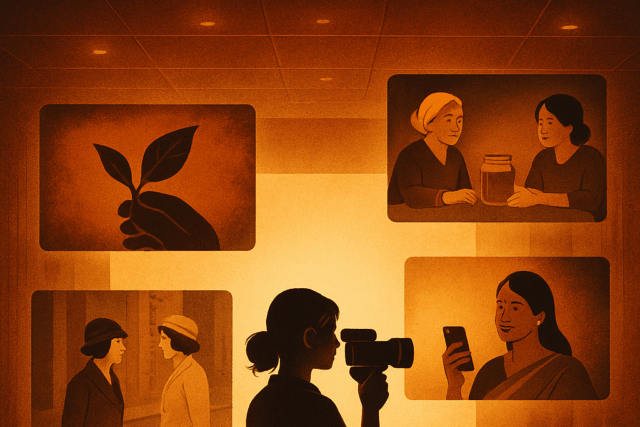
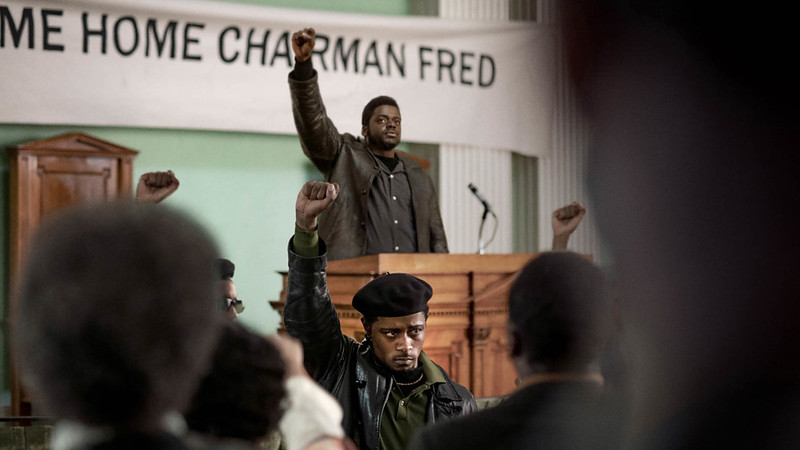
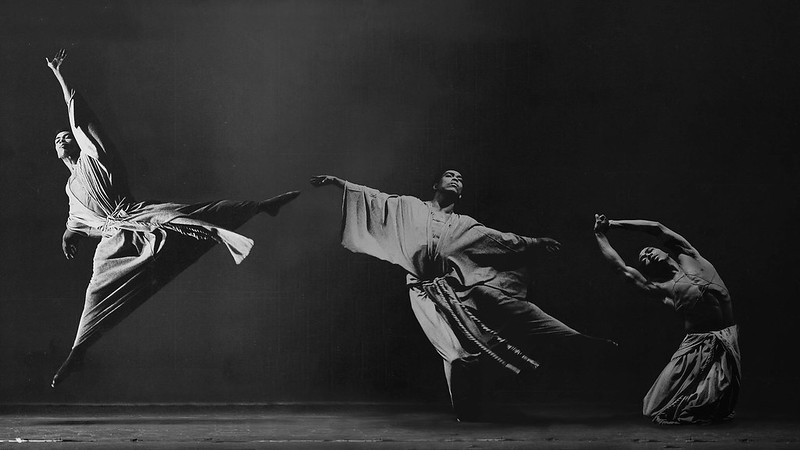
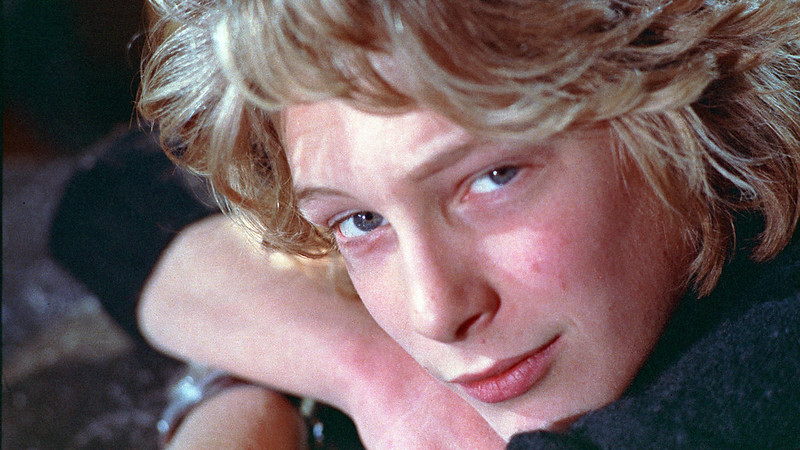
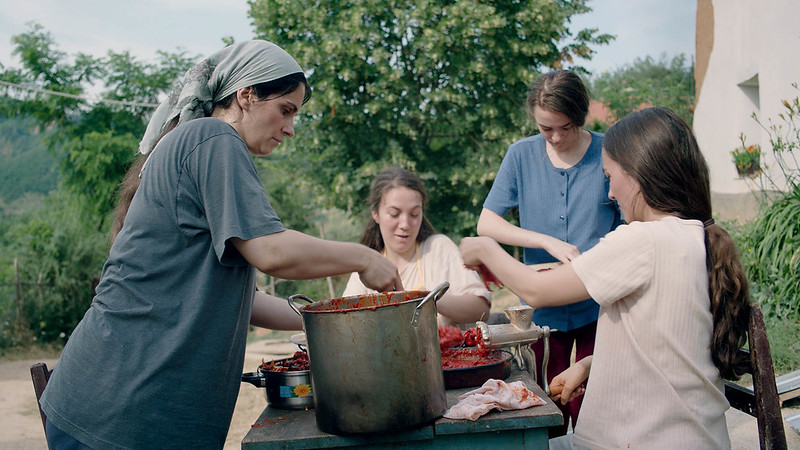
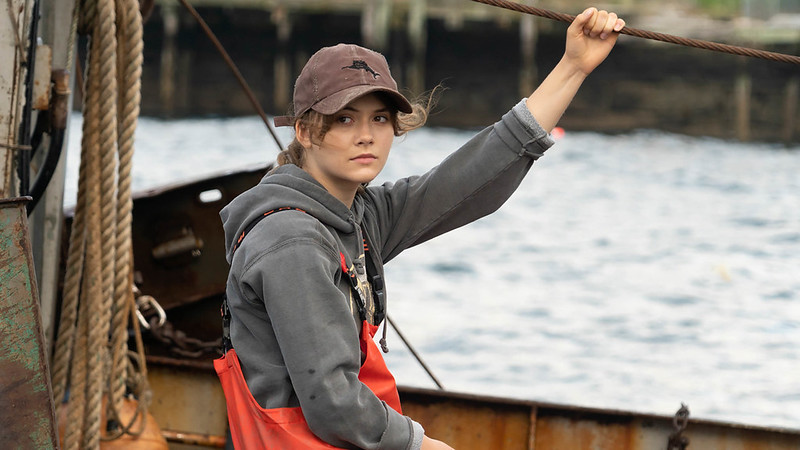
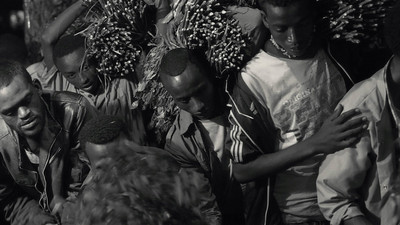
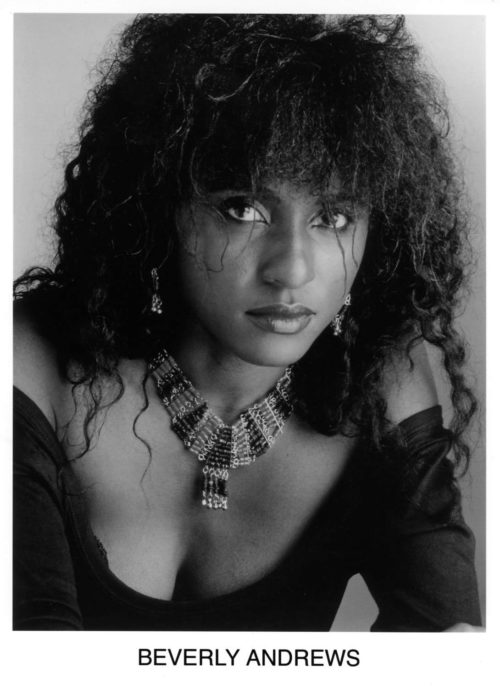
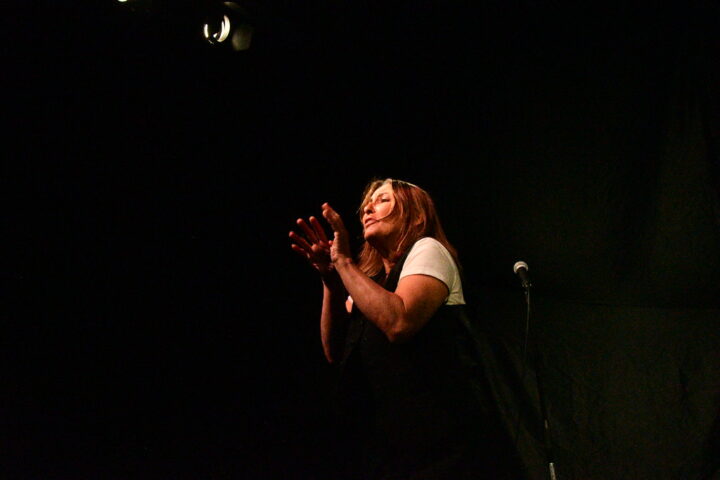
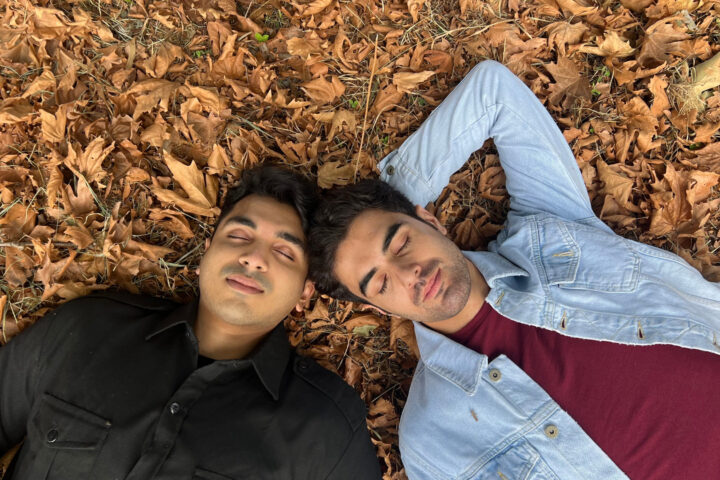
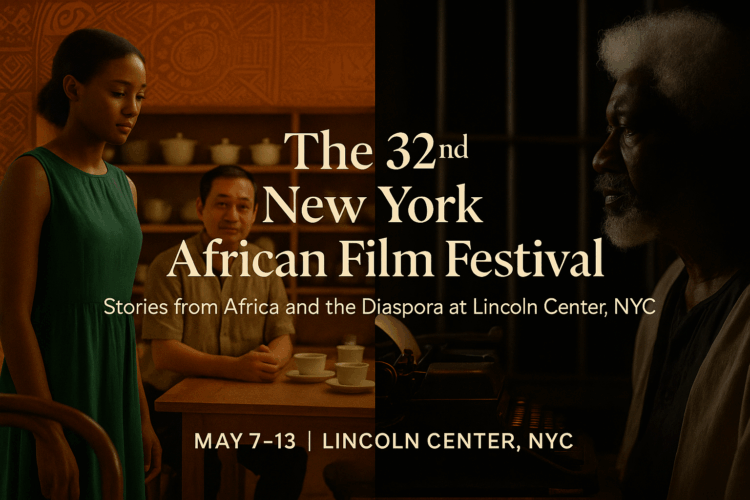
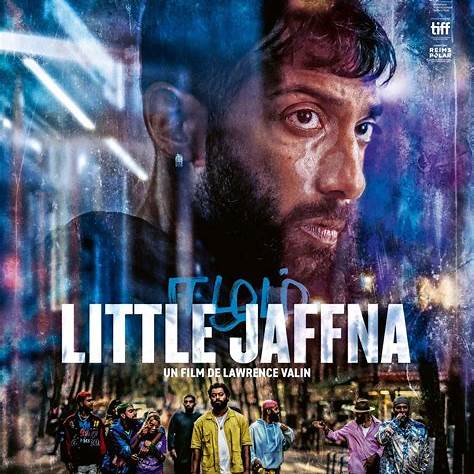
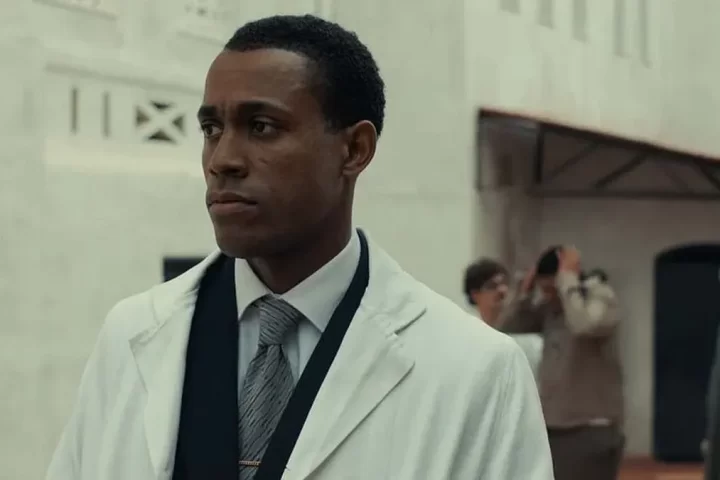

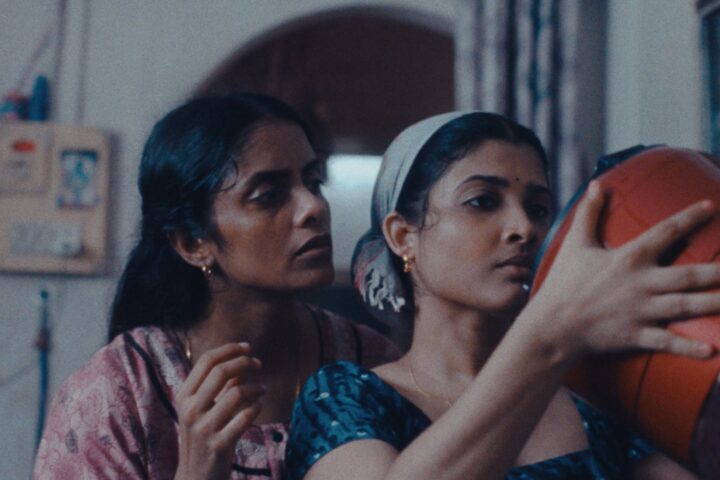
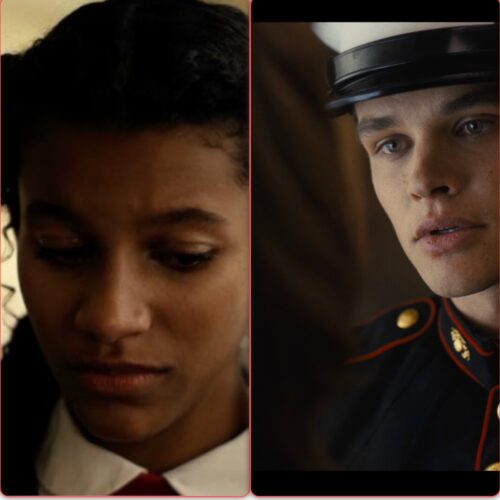
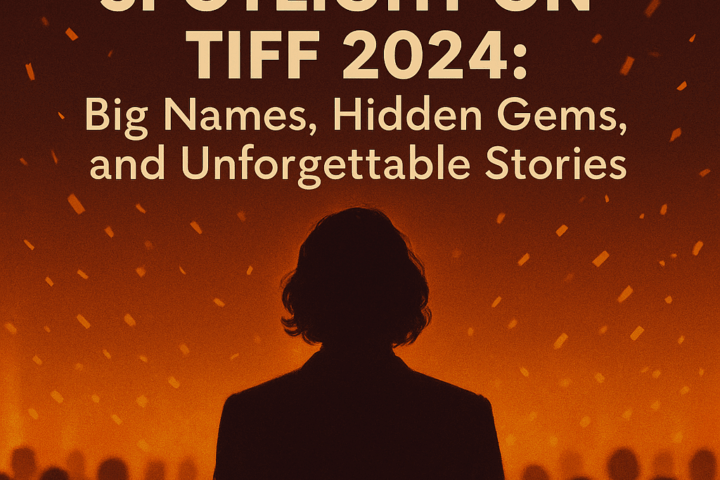

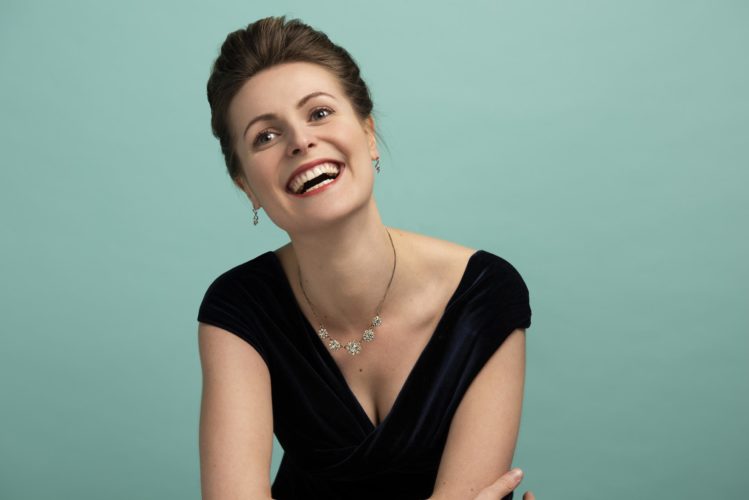
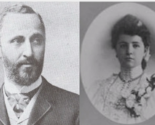
Great selection! Hopefully for a better world!